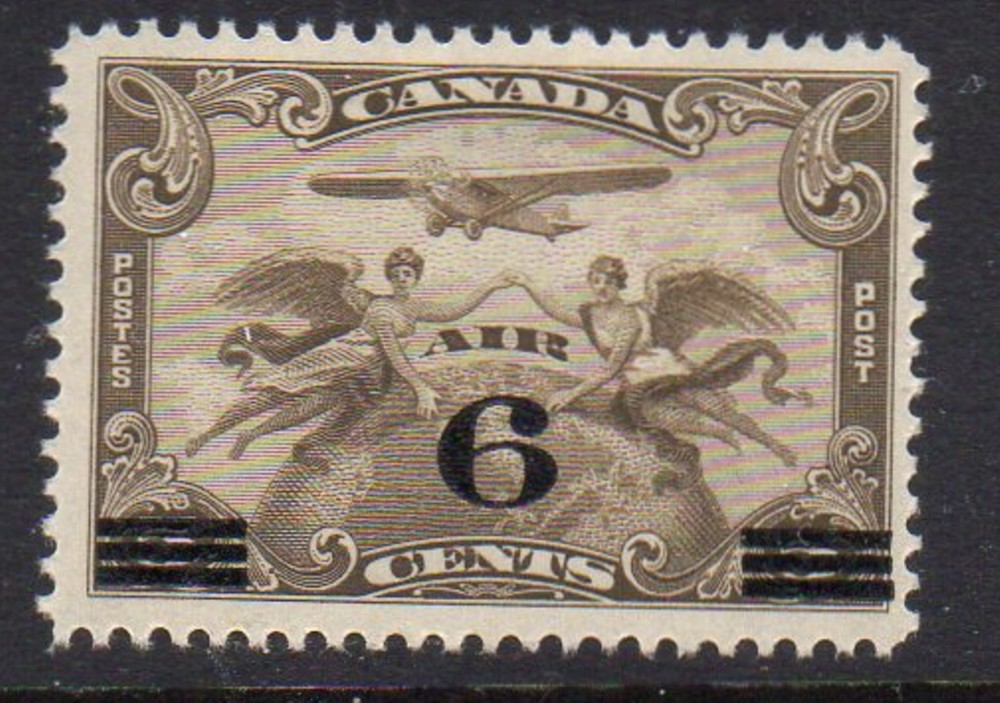
The differences in scarcity and value of the two stamps is significant as it is believed the great majority of the Type IIs were used on regular mail and not saved since at first there was no recognition of the differences. However, on a Type II that horizontal stroke is a gentle curve with no serif. On Type I stamps the top of the "5" is a horizontal stroke with a serif at the right rising up like a knob. Second, and more definitive, is the shape of the "5" in the surcharge. First, the basic 1-cent stamp is a definite yellow green, whereas the C1 Type I variety, which is far more common, is on dark green stamps. There are two major characteristics of this stamp. It was accomplished by surcharging 50,000 of the current 1-cent Gorgas regular stamps at the Canal Zone Press, Mount Hope. The Type II 15-cent airmail (Scott C2) as it is commonly known, was issued without fanfare in March 1931. The last remnants still in post office stock were destroyed by burning in 1932.ġ5-cent Surcharge Type II on 1-cent Gorgas single It was also used, primarily into the early 1930s, on mail to other locations as the postage rates and routes changed fairly frequently. However, it is quite common even today on covers flown on the many first flights throughout the Americas. It is believed that almost all of these stamps were used on mail, although to find it on a non-philatelic airmail letter is not an easy task. It was also used only a few days later on the first flight to Central America, where a single stamp was required for each half ounce.

For example, on the first flight in May 1929 a single 15-cent stamp was required for service to Ecuador, a pair for Peru, and three to Chile. At the time only airmail stamps were authorized for use on airmail letters, and it was originally intended for mail addressed to destinations along the west coast of South America and into Central America and the Caribbean. Post offices could first purchase the stamps on April 1, 1929. Mount Hope Printing Press overprinted 100,000 stamps. This 15-cent airmail stamp was revalued by overprinting stocks of the current 1-cent Gorgas regular stamp.

In March 1931 a second variety of the 15-cent stamp was prepared when exiting stocks ran short.ġ5-cent Surcharge Type I on 1-cent Gorgas single By the end of 1929, three other surcharged airmail stamps had been issued in denominations of 10-cent, 15-cent, and 20-cent on other regular Canal Zone stamps.

Furthermore, it was decided that only airmail stamps should be used on airmail letters, although this was not strictly followed at all times. Accordingly, a supply of existing Goethals 2-cent regular stamps were surcharged at the Mount Hope Press with a new value of twenty-five cents. On the initial return flight to Miami a few days later, letters were charged a total of twenty-seven cents-that is, two cents for the 'postage' and twenty-five cents for the airmail service to the United States. Lindbergh's flight from Miami on a circuitous route via Cuba and Central America during the first week of February 1929 initiated the period.

#5 cent airmail stamp value series
A product of the first flights into and out of the Canal Zone, the first five Canal Zone airmails are known by collectors as 'The Provisionals' or the 'First Air Mail Series Surcharges'.


 0 kommentar(er)
0 kommentar(er)
